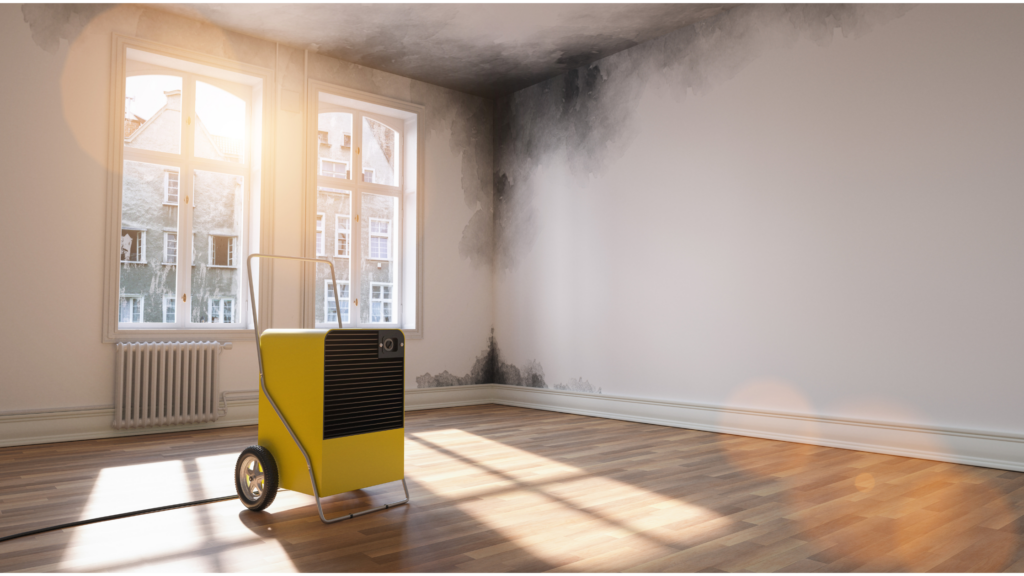 When it comes to rental units, how do Property Managers determine what constitutes “normal wear and tear”? Both tenants and owners often ask this question. In most cases, there is no easy answer to this question. Most Denver Property Managers agree that the vagueness around this topic makes it difficult to return a tenant’s security deposit.
When it comes to rental units, how do Property Managers determine what constitutes “normal wear and tear”? Both tenants and owners often ask this question. In most cases, there is no easy answer to this question. Most Denver Property Managers agree that the vagueness around this topic makes it difficult to return a tenant’s security deposit.
Defining “Normal Wear and Tear” in Colorado is the first step.
Section 38-12-101, et seq., C.R.S. regulates security deposits. A security deposit, also called a damage deposit, is an advance or deposit of money used to secure the lease. The landlord may retain this deposit for the following reasons:
- any unpaid rent or utility bills owed by the tenant;
- payment for damages beyond “normal wear and tear”;
- any cleaning agreed to by the tenant;
- and any other breach of the lease that causes the landlord to lose money.
According to Colorado statute, “normal wear and tear” refers to the degradation that occurs as a result of the use for which the rental unit was intended, without negligence, carelessness, accident, or abuse by the tenant or members of his household or their invitees or guests of the premises or equipment or chattel”. A worn track in the carpet is an example of normal wear and tear. Among the things that are not considered “normal wear and tear” are nail holes in walls, stains on carpets, and mold on grout.
When it comes to “normal wear and tear”, how can a landlord navigate the challenges? In this article, we’ve outlined a few steps landlords can take to reduce the likelihood of confronting tenants about “normal wear and tear”.
- Prior to renting out your property, make sure it is in very good condition. After the tenant has conducted their own walkthrough inspection of the rental unit, document the initial condition of the unit in writing, with pictures, and videos.
- Describe your property honestly and realistically. Are the floors in good condition and new? Does the quality meet the bare minimum? When tenants move out, accept items that cannot withstand charges, such as stained or worn-out carpets. It is important to know that carpet typically wears out more quickly than hardwood floors, so it is recommended that carpet be replaced every 5 years.
- Normal wear and tear does include scuff marks, especially when the paint is almost past its life. For example, if you went to court because we charged the residents for stains on a carpet that is 4.5 years old, the judge would still favor the residents in this case as the carpet is past its life (Carpet has a life of 4-5 years). We have seen CO courts side with residents on this type of case all the time. Another example is if the paint was 1 year old and had these same markings on it, we would be able to charge the resident for 4/5ths the amount to replace as the paint still had 4 years of life on it.
- Consider how long the tenant has lived in the apartment before moving out. Depending on whether the tenant signed a 6-year or 1-year lease, the amount of wear and tear will vary greatly. Maintenance and repair costs will likely be higher after a tenant occupies a property for a longer period of time. Furthermore, tenants who have occupied a space for a longer period of time will experience different types of wear and tear.
- Identify the problems that are actually “damage”. Wear and tear is more than dirt or filth. Heavy soil and stains are examples of normal wear and tear. Also, “normal wear and tear” does not cover negligence, such as mildew on walls or failure to report a leaky sink that caused mold. Abuse of utilities is also not covered.
Usually, it is not worth going to court over carpet cleaning when a tenant has lived in the property for some time.
Landlords can distinguish “normal wear and tear” from tenant-liable damage by looking for the types of wear and tear that arise repeatedly over time, across different tenants. It is likely that this damage is “normal” and therefore not the tenant’s responsibility. It’s more likely that tenant will be responsible for damage that arises sporadically. Whenever a landlord runs into damage that appears to be significant or suspicious, it is always best to contact the tenant via their landlord before taking the matter to court.
Ensure your lease is clear and transparent, and that your tenant understands what normal wear and tear is. Make sure you know how to get your security deposit back if you’re a tenant.
